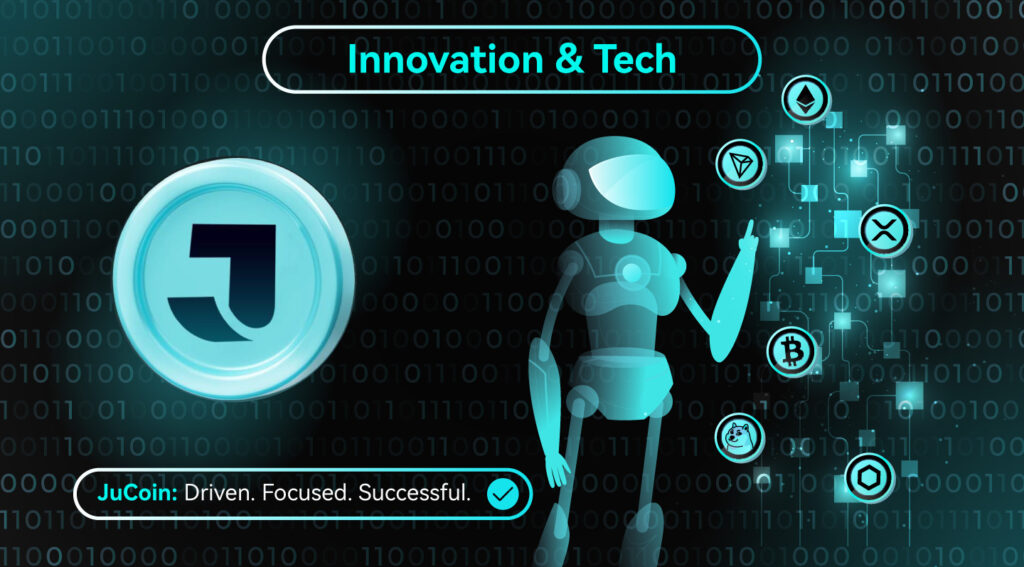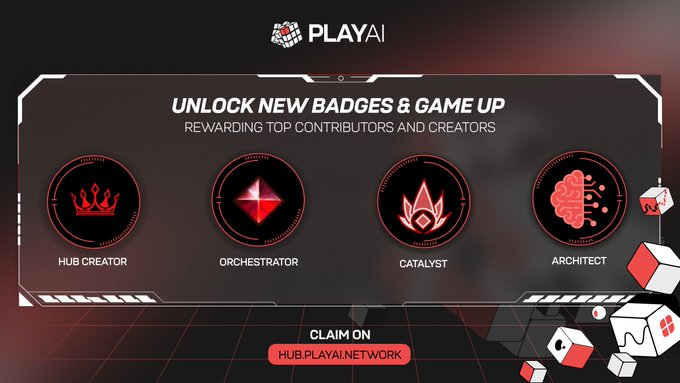
PlayAI turns “prompt → automation → settlement” into an integrated on-chain workflow, aiming to become the orchestration layer for crypto and AI. The public beta went live on 2025-07-01, and a partnership with FractionAI was announced to bring its agents into the workflow ecosystem so users can deploy in familiar tools with one click. This Innovation and Tech article focuses on PlayAI’s product shape, technical architecture and workflow orchestration, token economics, ecosystem partnerships and latest milestones, and provides trackable metrics and risk points.
Summary: PlayAI centers on “no-code + agents + settlement,” using PlayHub/PlayStudio and smart-wallet signature orchestration to execute cross-chain tasks, and collaborates with FractionAI to supply high-quality agents.
What is PlayAI?
PlayAI brands itself as “the Zapier of on-chain AI,” letting users turn a single prompt into an automated multi-step workflow (retrieval, trading, settlement, notifications, etc.) that can execute and monetize on-chain. The vision is to plug DeFi, data, messaging, and AI models into one orchestration mesh, lowering the barrier from idea to automation.
Why a “Zapier for on-chain”
Official materials and ecosystem examples describe a “modular orchestration layer,” mirroring Zapier’s “trigger → action” pattern while bringing signatures, fees, cross-chain bridges, and asset settlement into one pipeline—users only write a prompt.
Typical use cases
DeFi: when price/risk signals trigger, PlayAI auto rebalances, tops up margin, and pushes reports;
Research/content: agents summarize on-/off-chain data, generate reports, and anchor proofs on-chain;
Business ops: connect CRM, email, spreadsheets, and on-chain payments to automate bounties and invoicing.
Technical architecture & product
PlayAI’s stack centers on PlayHub (unified command), PlayStudio (no-code canvas), smart wallet/signing, and a connector/agent marketplace.
PlayHub: unified command center
PlayHub is the control plane for workflows, centrally managing prompts, keys, connectors, and settlement settings, so multiple chains and tools can be invoked as composable modules.
PlayStudio: no-code canvas
In PlayStudio, users drag “trigger — AI — action — settlement” blocks to compose flows, with human-in-the-loop options (review/multisig) and retry strategies to reduce mis-triggers.
Smart wallets & signature orchestration
Via infra partners (e.g., Alchemy smart-wallet solutions), session/batched signatures execute multi-step on-chain actions with “one confirmation,” improving stability and UX.
Agent & connector ecosystem
PlayAI integrates models and external APIs and opens an agent marketplace; through the FractionAI partnership, “battle-tested agents” plug directly into flows.
Tokenomics (supply | utility | allocation | mechanisms)
As of publication, PlayAI has not disclosed a complete token allocation/vesting plan; public materials focus on product and integrations. Funding and ecosystem progress can serve as circumstantial evidence of operating capacity. Token-economics analysis should defer to the official whitepaper/notices; avoid modeling from secondary rumors.
Current “value-flow” prototype
- Platform side: likely subscription/usage-based billing, connector revenue-share, and agent marketplace take rate;
- Supply side: agent/connector authors earn by consumption;
- User side: heavier usage incentivizes auto-settlement and batched signatures to cut costs (subject to pricing disclosures).
These are reasonable inferences from SaaS/platform orchestration models and await PlayAI’s explicit pricing/incentive structure.
Beware tokenization misreads
If a token launches, distinguish “governance/fee discounts/points” from “securitized promises.” Don’t treat usage subsidies as perpetual cash flows; anchor valuation to real usage and creator (agent/connector) revenue share.

Ecosystem & partnerships
The 2025-07-01 public beta established the “Crypto × AI orchestration layer” positioning. According to BSC reporting, PlayAI and FractionAI recently announced a partnership to onboard FractionAI’s “adversarial-trained agents” into PlayAI so users can call them directly in workflows.
Why FractionAI is complementary
FractionAI offers an agent catalog with scores and measurable performance, fitting the “analyze → decide → execute” middle tier in automations and reducing users’ training/maintenance burden.
Coordination with infra/wallets
Smart-wallet/node integrations make the “prompt → signature → settlement” loop smooth—especially vital for users interacting across multiple chains frequently.
Latest progress & roadmap
- 2025-07-01: Public beta release, emphasizing “single-prompt workflow generation, no-code deployment, and monetization.”
- Late 2025-08: Partnership with FractionAI announced; its agents embedded for user invocation.
- Next (watch): broaden connectors and cross-chain support, mature agent-market ratings/revenue sharing and risk controls, add team collaboration/audit logs and observability panels.
Trackable metrics
Monthly active workflows, success rate, average execution latency, share of session-signed wallets, number of third-party connectors/top-5 usage, and revenue share sourced from the agent marketplace.
Risks & watchpoints
By wiring “model invocation → asset settlement,” any false trigger, over-permissioned call, or signing misconfiguration can amplify into on-chain risk; require strong privilege isolation, rollback/pause, and multisig/delays. Third-party connectors/agents without audits and sandboxing pose supply-chain risk. If a token appears, watch incentive intensity vs. real usage; GMV driven purely by subsidies is fragile. For compliance, separate “data processing/payment settlement” territorial limits and privacy requirements—especially in enterprise integrations.
FAQ
Q1: How is it different from Zapier?
Zapier connects Web2 apps; PlayAI adds on-chain signatures, asset settlement, and cross-chain routing into the same flow for crypto-native tasks.
Q2: Is there a token already?
No official token-economics details yet; rely on official announcements and compliance docs.
Q3: What does the FractionAI partnership add?
Users can call FractionAI’s “battle-tested agents” directly to handle analysis/decision stages, reducing build-your-own costs.
Q4: Can non-developers use it?
Yes. PlayStudio’s no-code canvas, templates, and wizards enable quick starts; smart wallets help complete complex signing and fee management.
Q5: How do developers integrate?
Use the API/SDK and connector framework to expose services as “actions/agents,” earning usage-based revenue share.
Q6: What tasks are best to start with?
High-frequency, template-able tasks with on-chain settlement, e.g., DCA, risk-alert rebalancing, bounty payouts, data reports, and invoicing.
Key takeaways
PlayAI positions itself as “the Zapier of on-chain AI,” orchestrating multi-step workflows from a single prompt and executing on-chain.
Public beta launched 2025-07-01; the stack includes PlayHub/PlayStudio, smart-wallet signing, and a connector/agent marketplace.
The FractionAI partnership brings “evaluated agents” into the ecosystem, strengthening analysis/decision stages.
Tokenomics not yet disclosed; ground valuation in real usage and creator revenue share.
Roadmap prioritizes more connectors and cross-chain support, stronger audit/permissions, and better observability and team features.




